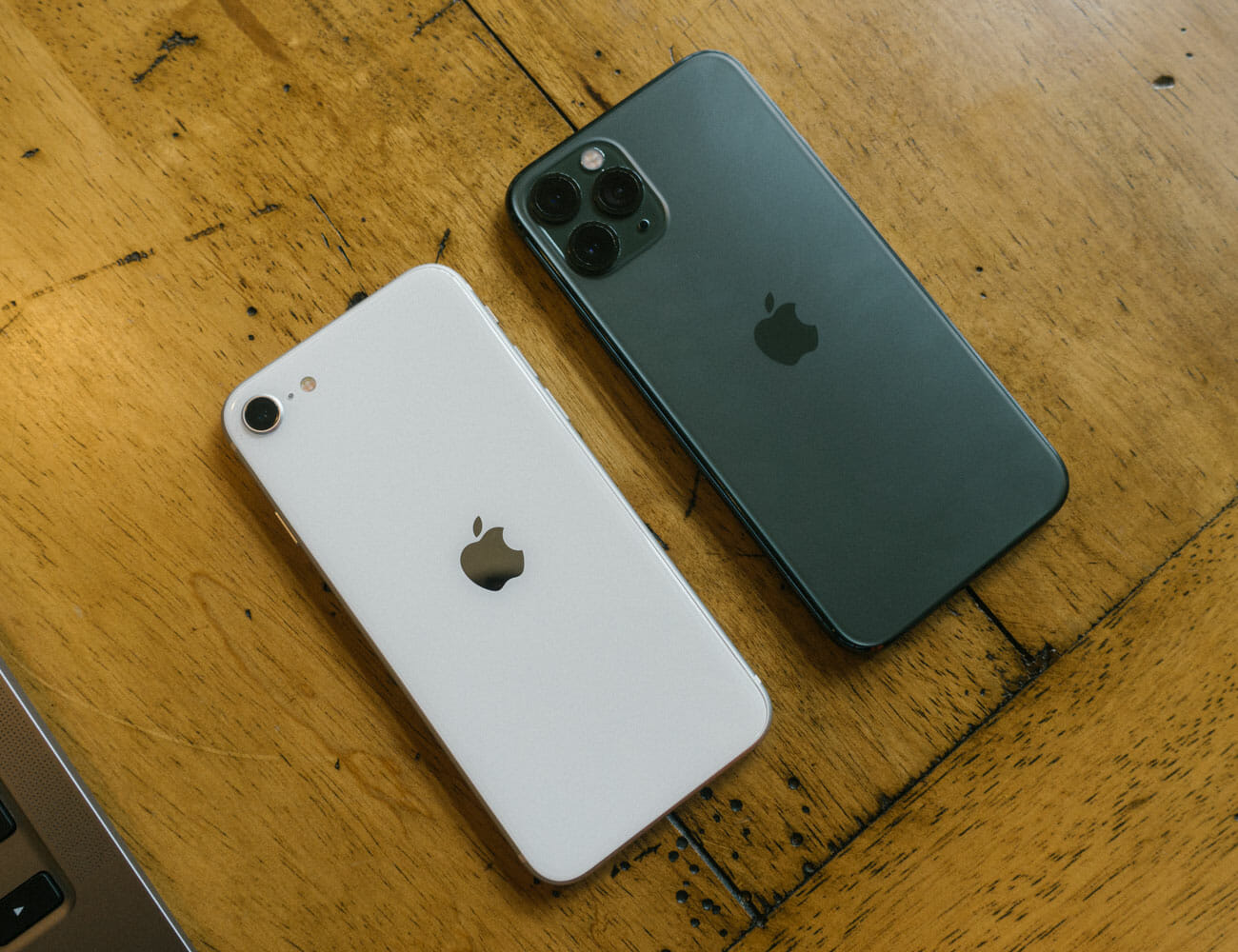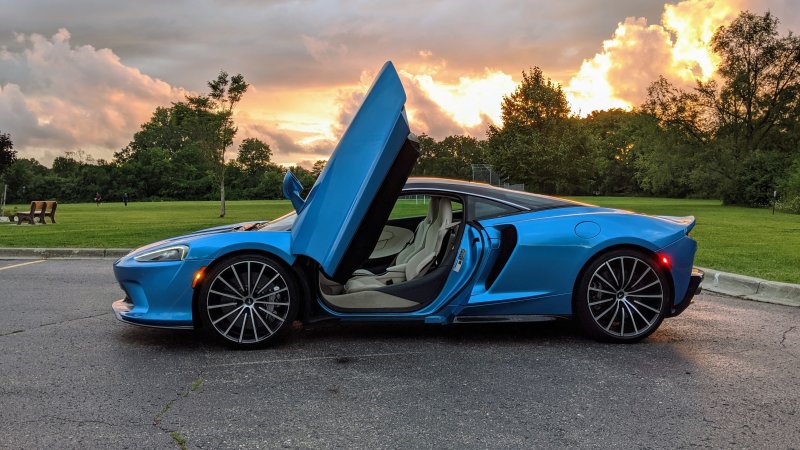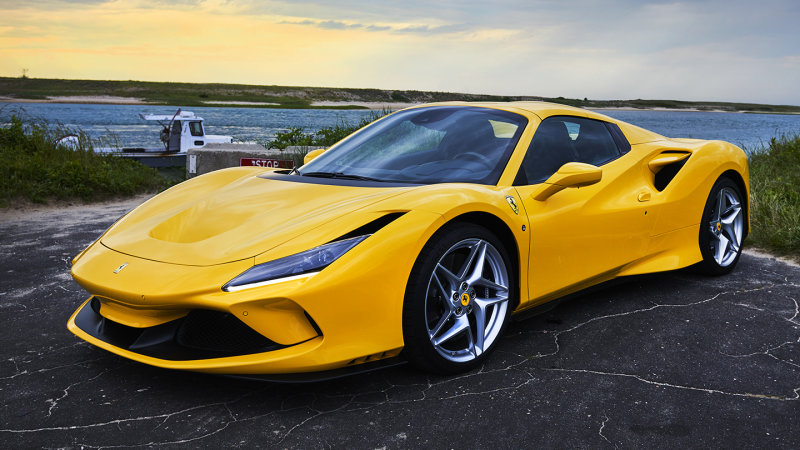Brand: Apple
Product: iPhone SE (2020)
Release Date: April 2020
Price: $399+
From: apple.com
Apple’s newest iPhone, the iPhone SE ($399+), isn’t the new hotness and it’s not meant to be. It’s an affordable iPhone that’s designed for people either haven’t upgraded their new iPhone in years (because they’re expensive) or who’ve never owned an iPhone before. It borrows the name of the original iPhone SE (released in 2016) and the design of the iPhone 8 (released in 2017), and adds new features like Apple’s A13 Bionic chip, extra storage (base: 64GB), water-resistance, wireless charging and a good camera.
Overall, the SE is a good iPhone that represents excellent value. Plus it feels nostalgic; I’d forgotten what is what like to small(er) screen and a Home button (no Face ID). But if I’m being honest, as somebody who has used the iPhone 11 Pro for the last few months, the iPhone SE really just made me miss my modern iPhone.

The iPhone SE (left) has a similar 12-megapixel wide-angle lens to the iPhone 11 Pro (right), but lacks the ultra-wide and telephoto lens.
The iPhone SE is blast from the past.
The iPhone SE is the first iPhone I’ve used in years that doesn’t have a nearly edge-to-edge display or Face ID. It has the same general look and feel as the iPhone 8, meaning there are large bezels at the top and bottom of the screen and there’s a Home button with Touch ID. The 4.7-inch Retina display might actually be the same display as the one on the iPhone 8. All this to say is that, for me, the new iPhone SE feels old, but to a lot of people it’s going to feel familiar — and that’s a good thing.
The camera is worth the upgrade.
One of the main reasons why people upgrade to a new smartphone is for the camera, and the iPhone SE has a very good one. It’s not the triple-lens system of the iPhone 11 Pro, granted, but I think most people will find that the iPhone SE’s one camera — which is a 12-megapixel wide-angle lens that’s very similar to the main camera on the iPhone 11 and iPhone 11 Pro –can do many of the same things. It can still shoot Portrait Mode photos (from both front and back cameras) with all the different lighting effects. And it can still take 4K videos at up to 60fps.

The iPhone SE (left) has the same 4.7-inch Retina display as the iPhone 8, while the iPhone 11 Pro (right) has a 5.8-inch edge-to-edge display.
The SE doesn’t have a telephoto or ultra-wide lens like Apple’s flagship iPhones, so it’s going to be more limited. It doesn’t take great zoomed-in photos, which isn’t a big deal because, really, who uses zoom on their smartphone? But the ultra-wide lens is definitely a miss — I love taking photos with that. Also, the SE isn’t able to take Night mode photos like the iPhone 11 and iPhone 11 Pro, so if you’re somebody who takes a lot of low-light or nighttime photos, you’re going to be a little disappointed.
The iPhone SE is small, but not that small.
Before getting my hands on the new SE I was under the impression that it was going to be more pocketable than my current iPhone 11 Pro, but it’s really not. It’s a little bit smaller, sure, but I’m not buying the “get it because it’s the small iPhone” argument. It does feel noticeably lighter, however. The iPhone SE weighs 5.22 ounces while the iPhone 11 Pro weighs 6.63 ounces.
Apple provided this product for review.




